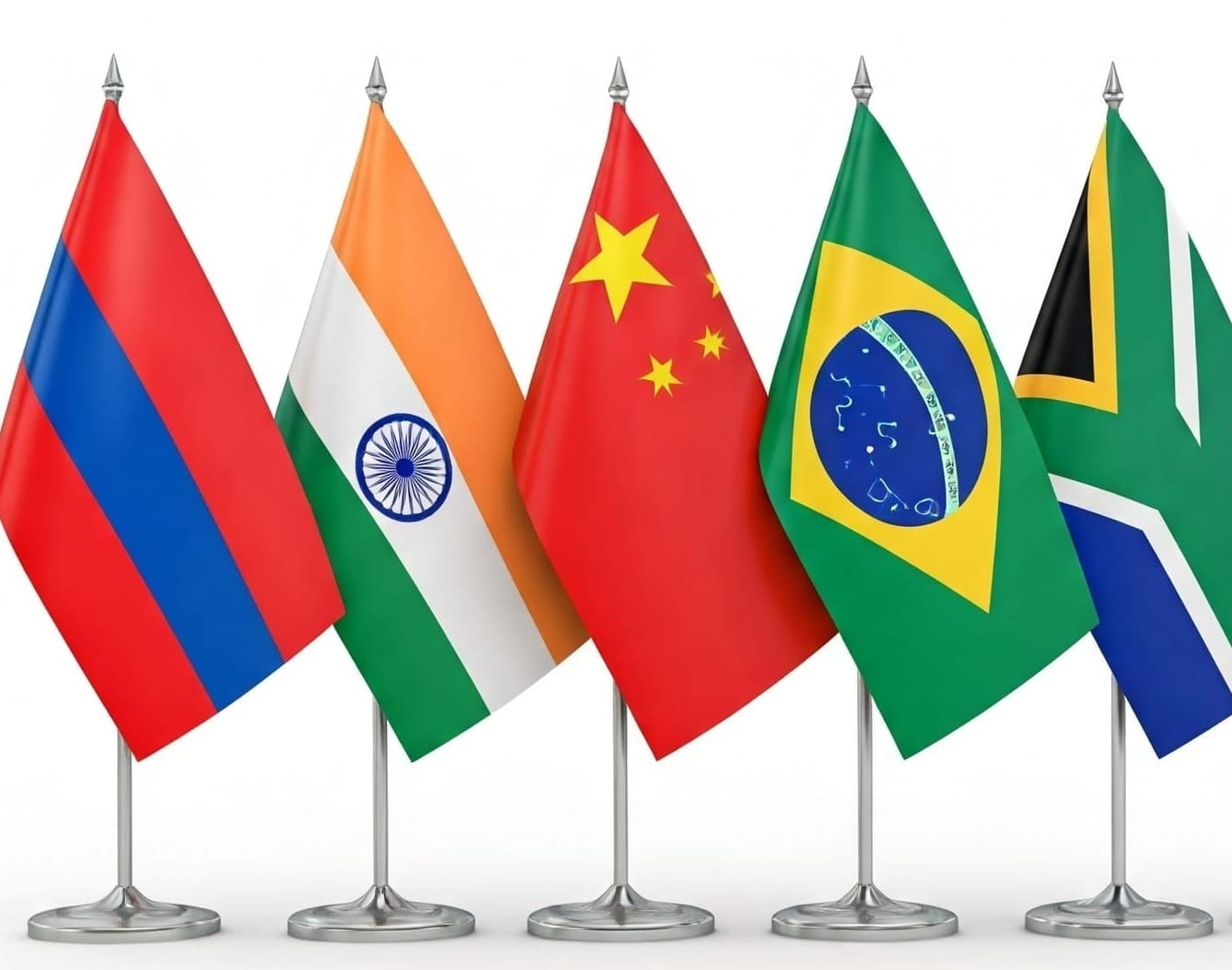BRICS Expands in 2025 with Nine New Partner Countries
The alliance now represents half of the global population and contributes to 41% of the world's economy.

BRICS, a coalition of emerging economies, has been steadily gaining ground in global geopolitics and economics. Initially founded in 2009 by Brazil, Russia, India, and China (BRIC), it was designed to give developing nations a stronger voice in global governance.
The group expanded in 2011 to include South Africa (hence the change in acronym to BRICS), and it has continued to grow in both influence and membership.
Fast forward to 2025, BRICS has officially welcomed nine countries – Belarus, Bolivia, Cuba, Indonesia, Kazakhstan, Malaysia, Thailand, Uganda, and Uzbekistan – as "partner states," deepening its reach and shaping the future of global cooperation.
Although partner states won't have voting rights or the ability to approve documents, they will still participate in key events like summits and foreign ministers' meetings. With its new partner countries, BRICS now encompasses a broader cross-section of the world's regions, from Latin America to Africa and Southeast Asia.

As of now, the alliance includes nine full members: the original five from the BRICS acronym, along with Egypt, Ethiopia, Iran, and the United Arab Emirates, according to a BRICS post. Saudi Arabia was also invited to join the alliance and although looked promising at first, the country has not announced officially that it is a part of the group despite being listed as a member in the post by BRICS.
BRICS is positioning itself as an alternative vision for international cooperation, focusing on mutual benefit, inclusivity, and collective growth, as it competes with Western coalitions like the G7, which consists of advanced economies such as the U.S., Canada, and several European countries.
With the inclusion of new partner nations, BRICS aims to play a larger role in shaping the global economy.







